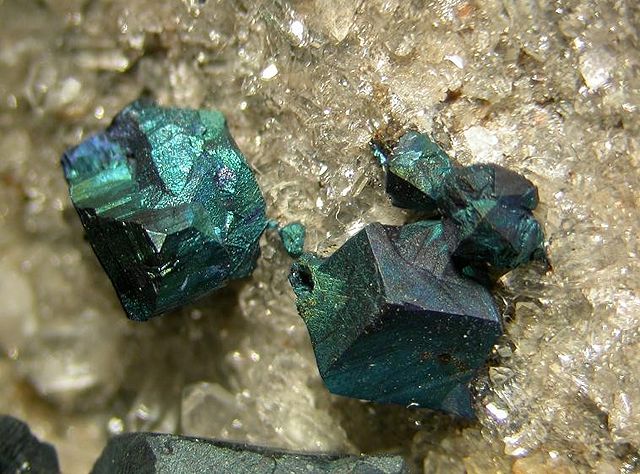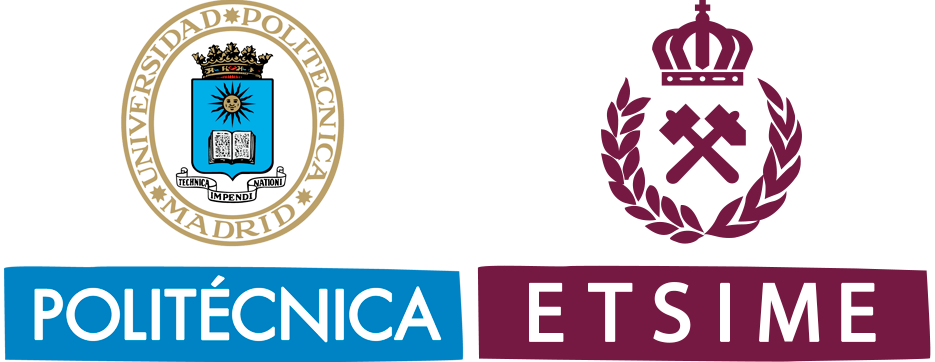
The Applied Microscopy and Digital Image Analysis Laboratory (LMA) of the Universidad Politécnica de Madrid (UPM) is located at the Madrid School of Mines and integrated into the RedLab (Laboratory network of the Madrid Region). The LMA is fully equipped with advanced systems in the fields of Optical microscopy (both transmitted and reflected), Petrography, Mineralagraphy, Image Analysis and Fluid Inclusion Microthermometry. Research in the fields of rocks and minerals, metallic ores and aggregates is carried out in the LMA along with the development of applications to address issues related to geology, ore genesis, metallogeny, mining exploration, geometallurgy and its environmental implications, all in the frame of a wide variety of research projects with public and/or private foundation. PhD thesis and research, master thesis and degree final projects are frequently carried out in the LMA. Currently, a system is being developed for the automated identification and characterization of ore minerals for industrial and research applications. On the other hand, its collaboration with the UPM Mineral Resources Research Group (GIRMI-UPM) allows for a quick access to other laboratories facilities and equipment and to international networks collaborating with GIRMI-UPM, such as IGME (Geological Survey of Spain) or DESIR network (formed by 22 European and American institutions).
Research Team
Jose Luis Parra
Full Professor, Responsible Scientist
Jorge Luis Costafreda Mustelier
Associate Professor, Scientific Collaborator
Leticia Presa Madrigal
Support Professor, Scientific Collaborator
Ricardo Castroviejo Bolíbar
Professor Emeritus, Scientific advisor
Lazaro Sanchez Castillo
Lab Technician
Christian Pena Narciso
PhD Student
Paulo Romero Martínez
PhD Student
LMA - Facilities and Instrumentation
LMA - Techniques and Services
LMA - Research and Applications
LMA - Congresses, Symposia and Scientific Meetings
Ore Reflectant Database
Reflected light microscopy has been the main method of ore characterization throughout most of the second half of the 20th century, but its fate in the future may largely depend on the ability to increase its performance through reliable quantification and automation. The series of Quantitative Data Files edited by the IMA / COM, particularly the latest version, QDF3 (Criddle & Stanley, 1993), represents a milestone in the compilation of reliable spectral information on ore reflectances in visible light, making it possible to aim at automated microscopic identification of ores based on quantitative data. A joint effort by researchers from the Polytechnic University of Madrid (UPM), AITEMÍN, Ruhr Universitaet Bochum (RUB), and Université de Liège (ULg) has allowed to collect visible and near-infra-red (VNIR) spectral data from ores in a systematic way for their automatic identification.

Check here
THE MULTISPECTRAL VNIR DATABASE


